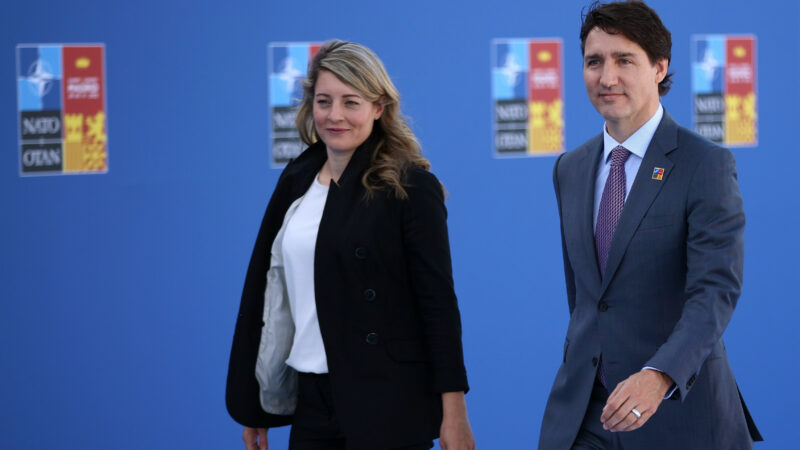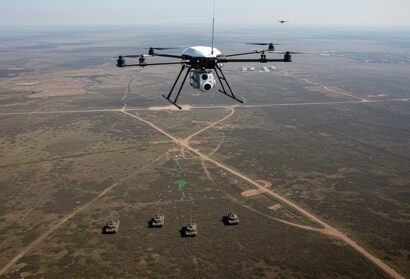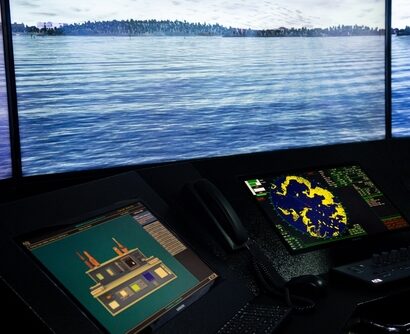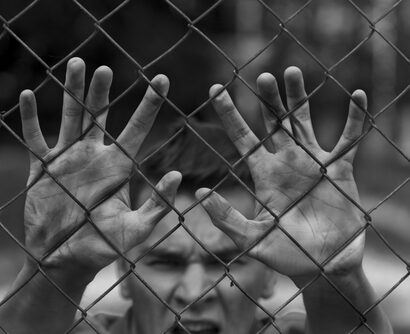Abstract: Canada looked stuck in the blocks mulling its Indo-Pacific strategy for two years as the epicenter of geopolitics shifted to the Pacific and Indian Ocean Region. Canada’s absence from pivotal forums like Quad, Aukus and APEF raised questions about its resolve to protect the rule-based international order under increasing threat from Russia and PRC. Lately, Ottawa’s Five Eyes partners were not happy either. However, the upcoming Indo-Pacific strategy underlines that Ottawa is ready to take on its role as a NATO ally and a meaningful player in Indo-Pacific.
Problem statement: Applying the instrument of friend-shoring, how can Canada build renewed partnerships with the important players of the region like India and north Pacific nations like Indonesia and the Philippines?
Bottom-line-up-front: A resolute and focused Canada can help string key trade and supply chain instruments in Indo-Pacific and northern Pacific region.
So what?: The enormous challenges to rule-based international order call for all hands on deck – economically, militarily and technologically. As an important G7 and NATO country, Canada looks ready to do heavy lifting.
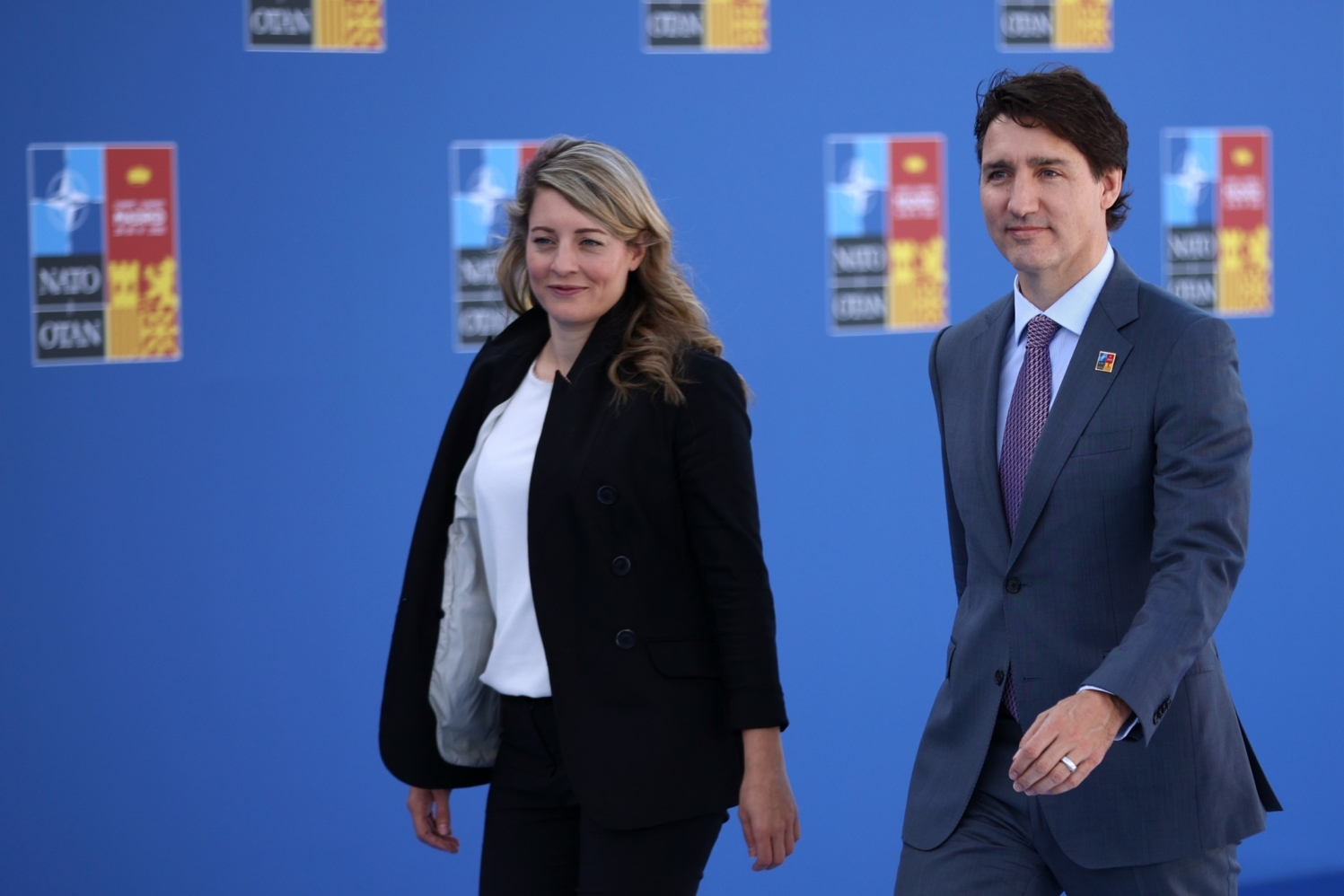
Source: shutterstock.com/Belish
For a while, Canada looked tentative and staggered in addressing the pivotal and fundamental questions confronting the world – how to deal with the People’s Republic of China (PRC), build new partnerships in Asia, and help protect rule-based international order. Finally, as Deputy Prime Minister Chrystia Freeland and Foreign Minister Melanie Joly assured Canadians in their speeches at Brookings and Munk School, respectively, it looks like Ottawa finally knows where it is going and how it will get there.
The key pillars and objectives of the long overdue Indo-Pacific strategy are laid open before the public. If read with Freeland’s friend-shoring approach, one could make out the emerging premise of Canada’s Pacific strategy and its coming role in strengthening the rule-based international order, which is increasingly under threat from disruptive actors like the PRC and Russia. Freeland’s speech at Brookings Institute on October 11, 2022, spelled out an overarching theme where democracies will work with democracies and like-minded partners to shore up international politics and trade to offset disruptions. Minister Joly outlined how Canada would navigate this turbulence by building trade and supply chain partnerships in the northern Pacific and Indo-Pacific region. Her frank admission that “Canada hasn’t been a reliable partner…sometimes we show up, and sometimes we leave” was a striking takeaway.
One could make out the emerging premise of Canada’s Pacific strategy and its coming role in strengthening the rule-based international order, which is increasingly under threat from disruptive actors like the PRC and Russia.
Let’s have a quick but closer look at the world we find ourselves in today: Putin’s historic blunder of invading Ukraine at a time when he, along with Xi and other actors in the Indian Ocean, foolishly miscalculated NATO’s resolve and strength. Xi’s ambitious forays into Hong Kong and Taiwan Strait helped produce an enabling environment where West and Pacific democracies rallied quickly to thwart the current disruptive attempts and to place enough safeguards to save the international order that, however imperfect, managed to deliver peace and security to the world. When the US and Europe declared their intentions to move into Indo-Pacific by building mini-laterals like Quad and AUKUS and stringing new economic partnerships like APEF, Canada was conspicuous by its absence. The PRC had already bared its teeth by detaining two innocent Canadians in Meng swap and slapping trade sanctions on Canadian meat and lumber. However, like Europe, Canada too looked overawed by the shifting sands of power balances across the globe. The Trump administration did not provide leadership and clarity needed four years back. It did challenge Xi’s brinkmanship by slapping tariffs but failed to demonstrate collective leadership.
The confusion and inertia in Europe during Trump’s leadership were no different than Canada’s. Without a steady hand at the helm, the international order, already strained politically under populists and authoritarians, started giving away signs of stress. The voices for multi-polarity seeking high geopolitical and economic stakes in a re-drawn world order started to grow. Decoded, it meant an order that was not led by the US and the West and where regional powers were allowed to set their own rules. Circling back to Ukraine and Putin, the invasion not only galvanized democracies but coincided with a change in the US White House. It quickly paved the way for a consensus among NATO to insulate and protect the existing world order.
Without a steady hand at the helm, the international order, already strained politically under populists and authoritarians, started giving away signs of stress.
Canada’s emerging Indo-Pacific strategy has the potential to stand on its own two feet, particularly when it is a part of an overarching grand strategy pursued by all partners. However, diplomacy and international relations have a built-in ancient problem. How to juggle ideals and real politics at the same time? One of the strategy’s objectives is to pursue Human Rights and minorities’ rights. How far does it go with the objective of enhancing trade and supply chain alliances with Modi’s India?
Similarly, Minister Joly saw working with the PRC on the issues of trade, investment, and climate as essential. However, how would Ottawa deal with a Chinese Communist Party that sees trade, politics, climate, and Human Resources with one lens and where there is hardly any distinction between private and public enterprises? These are tough choices.
Building new partnerships in the northern Pacific and Indo-Pacific could shave off enough dependence on the labour markets of the PRC that Ottawa currently has. It would create more room to build new supply chains in the region that are market-specific. Building new markets and supply routes would not only refill and replenish the consumer markets back home, but it would also catalyze investment in innovations and take a fresh look at emerging trade partnerships. Along with trading traditional products, emerging partnerships in cyber and space technology with Japan, South Korea, Taiwan, Australia, New Zealand, and possibly even India could rejuvenate Canadian markets and labour force. Team Trudeau’s recent multi-stop swing through Asia to talk trade and investment at ASEAN, APEF, G-20, and Singapore multilateral could lay the foundations for the coming decades.
Along with trading traditional products, emerging cyber and space technology partnerships with Japan, South Korea, Taiwan, Australia, New Zealand, and possibly even India could rejuvenate Canadian markets and labour force.
And then, when one is done with politics and trade, there comes the big-ticket item – the security and military component of the strategy. This is where the big chips are played, and winners and losers in politics and trade are decided. The past few years saw Canada shying away from its Five Eyes commitments leaving partners guessing. This is one area where Australia, New Zealand, the UK, and the US would be closely watching Canada expecting it to step up and take back its role. For now, it looks like Canada has decided to sit at the main table and roll the dice after a prolonged hesitation.
Mohammed Rizwan is a former journalist currently working as a researcher and assistant editor for the Consortium of Indo-Pacific Researchers. He writes on international politics and South Asia. He holds a Master’s degree in Public Policy and Governance. He has been a South Asia fellow for The Pragmora Institute. The views contained in this article are the author’s alone.


